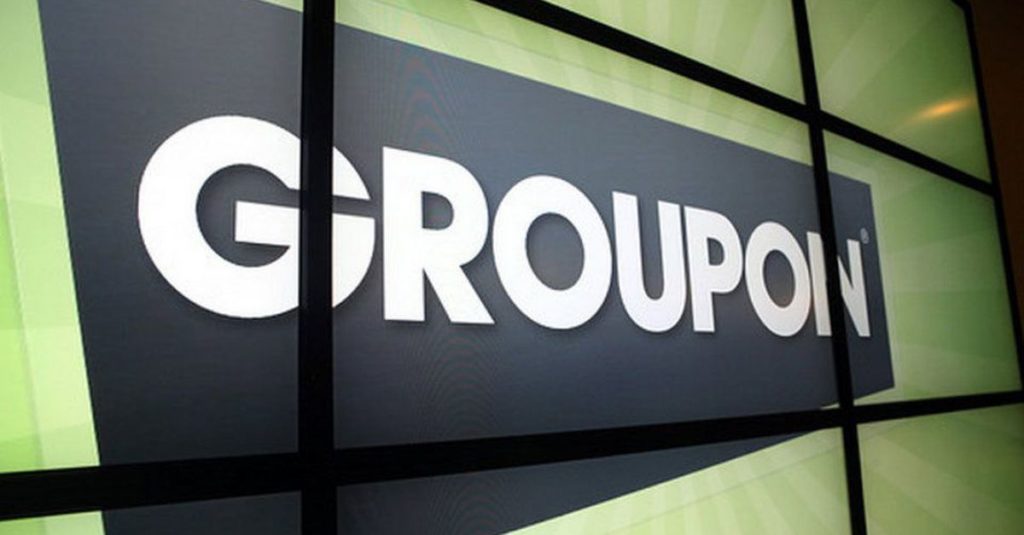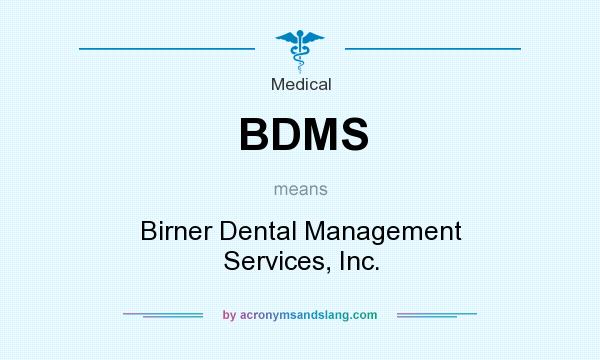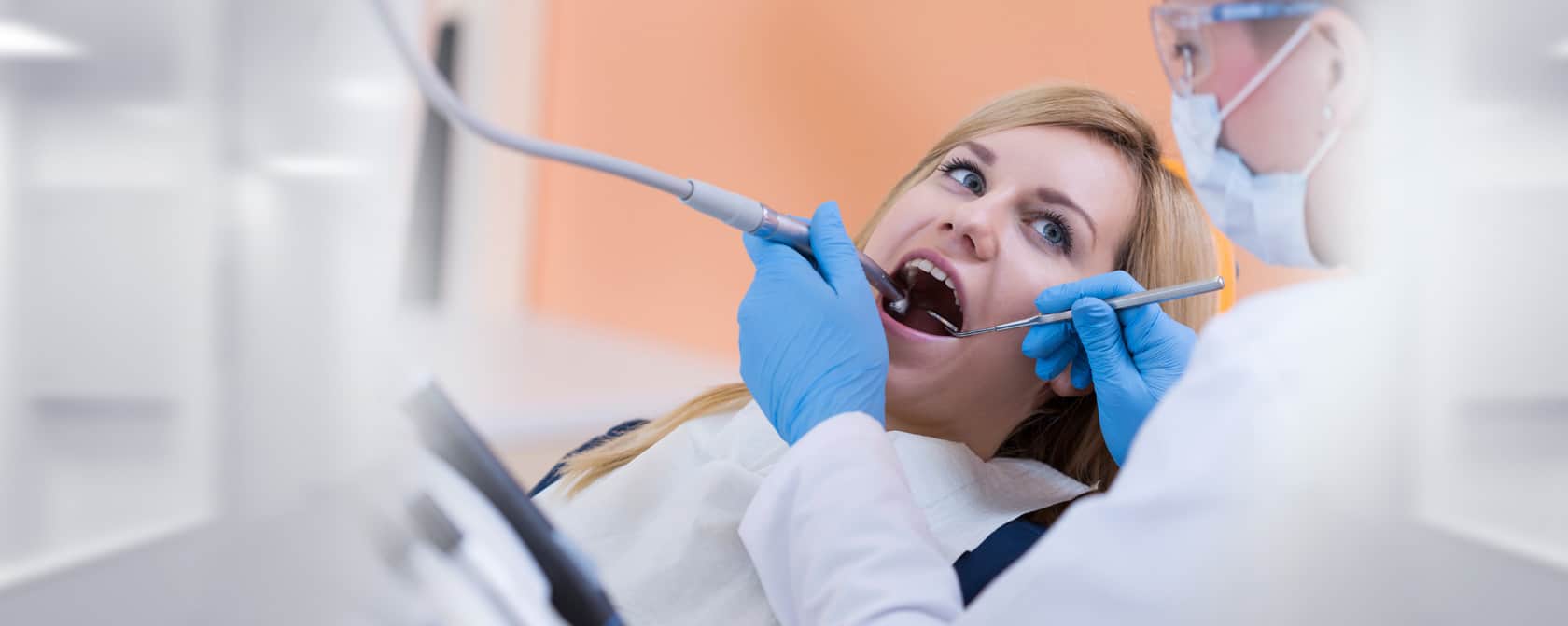Groupon Inc (NASDAQ: GRPN) To Air 30-Second Spot During 2018 Super Bowl

Groupon Inc (NASDAQ: GRPN) To Air 30-Second Spot During 2018 Super Bowl
 Groupon Inc (NASDAQ: GRPN) has announced that in next year’s Super Bowl it will feature in the advertising line-up. This will be the first time the online deals firm will be airing an ad during the Super Bowl since 2011. Shares of the online deals firm were relatively unmoved by the announcement as they only rose by 0.38% to close the day at $5.20 in Tuesday’s trading session. The announcement was made by Vinayak Hegde, the chief marketing officer of Groupon.
Groupon Inc (NASDAQ: GRPN) has announced that in next year’s Super Bowl it will feature in the advertising line-up. This will be the first time the online deals firm will be airing an ad during the Super Bowl since 2011. Shares of the online deals firm were relatively unmoved by the announcement as they only rose by 0.38% to close the day at $5.20 in Tuesday’s trading session. The announcement was made by Vinayak Hegde, the chief marketing officer of Groupon.
“…Super Bowl is the one event a year that everyone participates in … We’re excited to show the more than 110 million people watching the game just how easy and smart it is to make Groupon part of their daily lives,” said Hegde.
Political incorrectness
In Groupon’s last Super Bowl advert which aired in 2011 the online deals firm came under heavy criticism over what was seen as insensitivity. In the ad actor Timothy Hutton was featured talking about Tibetans and their challenges while promoting a deal on fish curry. A big number of viewers found the ad to be offensive as well as politically incorrect. At the time the co-founder of Groupon, Andrew Mason, was the chief executive officer.
[thrive_leads id=’8276′]
Since the departure of Mason in 2013 the business model of Groupon has evolved significantly and the company is keen to make a comeback to the title game of the National Football League. Sources refused to disclose what will be featured in the Super Bowl ad though there were hints that there will be an entertainment celebrity appearing.
Half-a-minute spot
Running for half a minute the Groupon ad is expected to be slotted between the Super Bowl’s 3rd and 4th quarters. A Super Bowl spot running for 30 seconds is costing $5 million though the online deals firm could pay lower than that since its ad will be appearing in the late stages of the game. However this comes with a risk as there is likely to be reduced viewership in the event that the game turns out to be a blowout.
Groupon’s return to high-profile advertising comes less than a fortnight since the online deals firm debuted a TV spot aimed at positioning the company as the ideal place to get a deal on last-minute gifts. The ad was made by O’Keefe, Reinhard & Paul Chicago, the advertising agency of record for Groupon. The online-deals firm decided to focus on last-minute gifting because indecisiveness has been identified as the number one reason why only 10% of Americans are able to have completed shopping for the festivities by mid-December.
https://www.mediapost.com/publications/article/312177/groupons-latest-stab-at-a-super-bowl-ad.html
BDMS Bounce Play or Stay Away (OTCMKTS:BDMS) Birner Dental Management Services, Inc.

OTCQX:BDMS (Birner Dental Management Services, Inc.) is looking rather bearish lately and we’ll try to figure out why and what an investor might expect in the near and not-so-near future. BDMS is a dental business service organization, which engages in servicing geographically dense dental practice networks in Colorado, New Mexico and Arizona.
Just last November it looked like BDMS was about to go big time. Stock was up to $18.61 and volume had picked up quite noticeably. Right now it sits at its yearly (and 5-year) low at $7.00.
Be careful when you Google BDMS – you might get a suggestion/question about whether you really meant to  search for BDSM and I’ll leave it to the reader to do your own research on that topic. The BDMS we’re talking about here is based in Denver, CO and has approximately 490 full time employees according to information made public by the company. As their URL www.perfectteeth.com might have led you to believe, they’re a dental services company (franchise) network in Colorado, New Mexico and Arizona focusing on cosmetic dentistry, but also maintaining the standard slate of orthodontics, oral surgery, endodontics, periodontics, dental implants and pediatric dentistry. They offer many of these services through their own dental plan the PERFECT TEETH™ Dental Plan (not sure why it’s in ALL CAPS, but it is). The firm was founded in 1995 and claims to be the largest provider of comprehensive dental care in Colorado and New Mexico, with increasing penetration in Arizona. At its most basic level, BDMS essentially serves as an outsourced business office for practicing dentists, orthodontists and oral surgeons, removing the burden of paperwork and bureaucracy and “letting dentists be dentists.” According to their website, on two separate occasions they have been included on Fortune Small Business Magazine’s list of America’s Top 100 Fastest growing Small Public Companies. As of December 31, 2016, the company managed 69 offices, including 48 in Colorado, 11 in New Mexico, and 10 in Arizona under the PERFECT TEETH name.
search for BDSM and I’ll leave it to the reader to do your own research on that topic. The BDMS we’re talking about here is based in Denver, CO and has approximately 490 full time employees according to information made public by the company. As their URL www.perfectteeth.com might have led you to believe, they’re a dental services company (franchise) network in Colorado, New Mexico and Arizona focusing on cosmetic dentistry, but also maintaining the standard slate of orthodontics, oral surgery, endodontics, periodontics, dental implants and pediatric dentistry. They offer many of these services through their own dental plan the PERFECT TEETH™ Dental Plan (not sure why it’s in ALL CAPS, but it is). The firm was founded in 1995 and claims to be the largest provider of comprehensive dental care in Colorado and New Mexico, with increasing penetration in Arizona. At its most basic level, BDMS essentially serves as an outsourced business office for practicing dentists, orthodontists and oral surgeons, removing the burden of paperwork and bureaucracy and “letting dentists be dentists.” According to their website, on two separate occasions they have been included on Fortune Small Business Magazine’s list of America’s Top 100 Fastest growing Small Public Companies. As of December 31, 2016, the company managed 69 offices, including 48 in Colorado, 11 in New Mexico, and 10 in Arizona under the PERFECT TEETH name.
 Way back in March of 2012, BDMS stock value peaked at $23.03, but hasn’t reached any higher than $18.61 in the past 1-year period (52-week range is $6.01 to $19.89). Currently it sits at $7.00, on the bottom of what looks like a trough, and volume is actually up about 14-fold over average to 15,370 (average was 1040). Market Cap is 13.11M and EPS is -$0.81.
Way back in March of 2012, BDMS stock value peaked at $23.03, but hasn’t reached any higher than $18.61 in the past 1-year period (52-week range is $6.01 to $19.89). Currently it sits at $7.00, on the bottom of what looks like a trough, and volume is actually up about 14-fold over average to 15,370 (average was 1040). Market Cap is 13.11M and EPS is -$0.81.
The company incurred a loss of $900,000 during the Q2 of 2017 and For what it’s worth, BDMS believes much of the decline in revenue and Adjusted EBITDA is due to a decrease in the number of dentists in their network. The count on March 31, 2016 was 112 and had dropped to 98 at December 31, 2016. The last announced count was back up to 105 as of July 31, 2017. The Company currently manages 69 dental offices, of which 36 were acquired and 33 were developed internally (“de novo offices”). With average revenues of roughly $220K at each location, and looking at their quarterly earnings, this appears to be a sound theory. If so, it might be a good idea to keep up with how many locations they have at the time you make your investment. The count looks like a leading indicator of next-quarter performance.
Further, if one looks a little deeper at the numbers in their last several quarterly reports, it becomes evident that BDMS may be facing management and operations difficulties. Low gross and net margins could mean that they aren’t significantly differentiating themselves from their peers. Also compared to their peers nationally, BDMS revenues and earnings have moved much more slowly, which could be a tell on their operational inefficiencies (including poor cost control) and lack of management focus. All of that said, the firm appears to be engaged in trying to get their operating costs under control and that may bode well for investors, especially given the current low stock price.
The dental business isn’t going anywhere and BDMS is operating and ramping up in areas of the country where they don’t have many, if any, peers on their level. On GlassDoor.com, most of their reviews from employees reflect a positive future outlook. However other current and former employees cite a number of low-volume locations that could have been chosen more carefully. This was a summary and I encourage you to do your own detailed research, but I think this is a bounce opportunity and that the stock is undervalued by the market right now. If they’re indeed busy making adjustments to widen the operating margins and increase earnings, now would be a good time to jump in if you’ve got a tolerance for a small amount of risk or understand the regional marketplace conditions in CO, NM and AZ.
FFHD Making Investors Happy

In recent news, FirstAtlantic Financial Holdings (OTCQX: FFHD) or First Atlantic Bank has experienced an uptick in volume. FFHD is a fully reporting holding company for FirstAtlantic Bank, a full service community bank headquartered in Jacksonville, FL. According to their reports, they have $436M in assets, and eight “financial centers” located in eastern Florida. The banking unit has a 5-Star rating from Bauer Financial, Inc. which they claim is the nation’s leading bank rating firm, and a 3-Star rating from Morningstar.

There are a few reasons for this volume increase and we’ll get into them in sufficient detail to give the casual investor a likely plan of action. First off, just a few days ago on Ausust 16, 2017 FirstAtlantic Financial Holdings (FFHD) announced a merger with the National Bank of Commerce (NBC) a Delaware corporation headquartered in Alabama. The announcement states that FFHD will continue to operate (and trade) under its own name after the merger is finalized, but the combined institution will reportedly boast approximately $3.1Bn in assets. The parent company of NBC, National Commerce Corporation (NCOM) is listed on NASDAQ.
Prior to the merger FFHD stock was trading from $10.40 to $16.85 and according to the terms of the agreement, every share of FFHD stock issued or outstanding prior to the merger will be converted into 0.44 shares of NCC common stock – or – be purchased for $17.25 in cash with a few details pertaining to NCC’s stake in the merger and the effect on outstanding purchase options left to be ironed out in the form of option cancellation and payment of an amount equal to the difference between $17.25 and the option exercise price. For those interested, NCC’s stock has traded between $35.00 and $40.45 through the past three quarters.
NCC has filed a registration statement form S-4 with the SEC to register shares of NCC common stock to be issued to shareholders of FirstAtlantic but FFHD will continue to be operated, managed and traded under its own name for the foreseeable future.
The other reasons for the recent uptick include a positive earnings report issued in August and the hire of a new Assistant Vice President.

As mentioned previously, FFHD has seen a recent spike in volume. It currently sits at about 95,700, but the 52-week average is still only 7,095. Price as of August 18, a few days after the merger announcement is at $16.76, which is a sharp spike over the previous year, with the price going from around $10 in August of 2016 up to $13.60 a week before the merger.
If you’re interested in detailed financial reports and news, these items are available at the company’s website: https://www.firstatlantic.bank/About-Us/Investor-Relations.
Based on our analysis, this one is likely to retract just a bit over the next week or so, but a continued steady growth curve topping out at up to $25 within a year or so is definitely not out of the question. Of course, anything could happen including another spike resulting from positive news or greater publicity.
GWPH Long Term Major Player in Medical Cannabis (NASDAQ:GWPH)

Intro & History:
GWPH, GW Pharmaceuticals (NASDAQ: GWPH) is a British biopharmaceutical company known for its multiple sclerosis treatment product Sativex, and Epidiolex (cannabidiol) which is their lead development drug nearing market introduction to treat a rare form of childhood-onset epilepsy which currently has few, if any, real treatment options. Sativex was the first natural cannabis plant derivative to gain market approval in any country. Founded in 1998 and based in Salisbury, UK GWPH is headed by Geoffrey W. Guy and Brian Whittle. GWPH calls themselves the “global leader in developing cannabinoid-based medicines.” We think that the epilepsy market is a sweet spot for cannabinoids because of relaxing medical marijuana regulations and the increasing prevalence of various types of epilepsy, all over the world.
Recent News & Developments:
On May 24th of this year, GWPH through its subsidiary Greenwich Biosciences published a “groundbreaking” study of Epidiolex in the prestigious New England Journal of Medicine. This corresponded with a slight surge in stock price, but came nowhere near historical highs. In any case, the current Phase III study has received ample positive attention not only in the NEJoM but from physicians specializing in conditions it is designed to treat at the American Academy of Neurology annual meeting on April 25 of this year.
This is starting to sound repetitive, but we have to say again that with relaxation of regulations at the state level, the federal government will eventually have to follow suit. So far that has remained elusive, especially with notorious drug warrior Jeff Sessions, the current U.S. Attorney General pressing Congress for the repeal of the Rohrabacher-Farr Amendment which prevents the federal government from prosecuting (or persecuting) marijuana based businesses that are in compliance with their state and local laws.
In some good news to counter the bad, Cory Booker, a liberal Democrat from New Jersey; Kirsten Gillibrand, a more moderate Democrat from New York; and Rand Paul, a libertarian leaning Republican from Kentucky introduced the CARERS Act which directly benefits firms like GW Pharmaceuticals by officially codifying Obama era policies whereby the feds largely ignored medical marijuana based businesses, and expanding opportunities for medical and scientific research into therapeutic uses for cannabinoids through a combination of banking, veterans access, and perhaps most importantly rescheduling marijuana away from the Schedule I designation which it shares with Heroin and LSD, making it very cumbersome to perform research. Finally, this act would completely remove cannabidiol (CBD), GWPH’s bread and butter so to speak, from federal drug schedules.
GWPH’s pipeline includes CBDV (GWP42006) for epilepsy and autism spectrum disorders and a host of other similarly cannabis-derived compounds for conditions including a form of neonatal encephalopathy, glioma, schizophrenia and complications stemming from multiple sclerosis. There are numerous clinical trial actions underway, viewable at the Clinicaltrials.gov website here.
Market Data & Performance:
Currently at $103.49 with a Market Cap of $2.61B. This is down from their all-time high of $132.73 in September of 2016 that coincided with the end of that fiscal quarter, the impending filing for FDA approval of Epidiolex (which still has yet to occur), and a resulting sharp spike of $50 in share price from August 1 to September 1, 2016. Since that time performance has been mostly negative, but could be looking up for Q3 2017.
Various positive indicators came out of the Q2 2017 call in early May. These included improving assets to liabilities and assets to inventory ratios. They’ve budgeted a significant $130M-$150M to spend for the next 12 month period, largely on operations, research and market penetration. They also discussed high profile Phase III research and development news regarding Epidiolex – which may finally be nearing FDA approval, several management changes including the hire of Scott Giacobello as their new CFO and plans to become a U.S. domestic NASDAQ registrant reporting under U.S. GAAP (and in U.S. dollars) in the near future, among other items.

Conclusion & Looking Ahead:
Based on current and historical performance, as well as positioning of current and future drug releases, GWPH is probably a bit undervalued. Sales of legal cannabis and marijuana in both the recreational and medical sectors are expected to rise by ~30% in 2017, ~45% in 2018, and reach $17 billion (or more) in 2021, per the “Marijuana Business Factbook 2017”. Numerous cannabis related stocks have already surpassed 2X or 3X on their value at introduction/IPO and GW is sitting at a pretty low point right now.
We think you are capable of doing the math here. While I cannot make any specific recommendations on this stock, you will be well served to short list a group of marijuana based stocks and follow them closely in the coming months and years. This should be one of them – keep an eye on upcoming clinical trials because the FDA and EMA processes to bring new drugs to market is long and fraught with peril and the floor can drop out at any time as a result. You should also be wary of a “green rush” bubble propping up marijuana based stocks but also understand that the inherent safety of cannabinoid products and derivatives, along with the aforementioned relaxed federal medical cannabis regulatory environment, do provide some insulation from sudden stock crashes resulting from suits or government “imminent public safety” action.
Finally, the status quo in Washington D.C. could be good for firms with existing research capabilities and market penetration like GW. Namely, recreational use is facing a steep climb toward federal legality, but numerous pieces of legislation currently making their way through Congress with the aim of easing restrictions on all aspects of the medical marijuana business.
Cara Therapeutics Continues to Climb (NASDAQ:CARA)


We think Cara Therapeutics (NASDAQ: CARA), a boutique “clinical stage” biotech/biopharma firm which develops novel compounds (including cannabis derived chemicals) for neuropathic pain is worthy of a close look. Cannabis regulation has been relaxing both globally and in the United States and this influences our stance on CARA stock. But there has also been positive recent product news. Furthermore, current trend analysis indicates that CARA could be on the cusp of becoming a real steady performer on the market.
Good news: The U.S. Food and Drug Administration (FDA) just granted “breakthrough therapy status” to Cara’s CR845, a unique therapeutic compound which has provided significant clinical benefits to some patients with chronic kidney disease and osteoarthritis (more on that in a bit) and trading has picked up significantly in recent days likely as a result.
Cara is based in Stamford, CT and was founded by Derek T. Chalmers, Michael E. Lewis, and Frédérique Menzaghi in 2004 (initial IPO on January 30 of that year) with the following mission:
… to fundamentally change the way acute pain, chronic pain and pruritus are managed. We aim to achieve this by developing new products that selectively target the body’s peripheral kappa opioid receptors. Cara is developing a novel and proprietary class of product candidates that target the body’s peripheral nervous system and have demonstrated initial efficacy in patients with moderate-to-severe pain and pruritus (itch) without inducing many of the undesirable side effects typically associated with currently available pain and itch therapeutics.
Recent News & Developments:
The FDA granted breakthrough therapy status for CR845, a drug for treating itching (uremic pruritis), which is an intractable and common (affecting up to 50% of patients) presenting symptom with chronic kidney disease patients undergoing hemodialysis. Currently CR845 is an intravenous drug, but an oral version is in late stage development. This is significant because of the lack of available effective systemic treatments that is compounded by a dearth of new product development by other pharmaceutical companies. Available treatment regimens span the gamut from oral antihistamines to topical creams, standard analgesics (NSAIDs) to risky ultraviolet light treatments which can cause skin cancers in individuals with fair complexions. CR845 showed a 68% reduction in worse itching scores and a 100% improvement to quality of life.
A quick note on the meaning of breakthrough therapy status: According to Wikipedia, breakthrough therapy is a United States Food and Drug Administration designation that expedites drug development that was created by Congress under Section 902 of the July 9, 2012 Food and Drug Administration Safety and Innovation Act. It allows the FDA to grant priority review to drug candidates if preliminary clinical trials indicate that the therapy may offer substantial treatment advantages over existing options for patients with serious or life-threatening diseases. The FDA will work with the sponsor of the drug application to expedite the approval process. This can include rolling reviews, smaller clinical trials, and alternative trial designs. In short, it simply means that 3-9 months are potentially shaved off of the standard review and approval cycle time.
Cara’s pipeline consists of CR845, variants upon CR845 and CR701, a chronic pain treatment which operates on peripheral cannabinoid receptors, particularly in immune cells such as leukocytes and mast cells, which have been shown to be involved in pain and inflammatory responses but do not affect cannabinoid receptors of the Central Nervous System (CNS). CR701 is an advanced compound presently in preclinical development for hyperalgesia (extreme sensitivity to pain) and allodynia (perception of harmless stimuli as pain) where it has been proven significantly effective in laboratory trials involving rodents.
Looking to extend their coverage abroad,Cara has in place licensing agreements with Chong Kun Dang Pharmaceutical Corporation to develop, manufacture, and commercialize products containing CR845 in South Korea; and Maruishi Pharmaceutical Co., Ltd to develop, manufacture, and commercialize drug products containing CR845 in Japan.
Market Data & Performance:
In 2017, Cara shares have risen a phenomenal 134+%, with stocks going for about $4.50 in July of 2016 trending all the way up to where they sat at $22.87 on Friday June 23, 2017. There was a slight dip in afterhours trading ending at $22.59 – but overall performance for CARA definitely defied the general biotech sector’s slide for the past month or so. Market Cap is $736.28M. Financials appear to be up-to-date and are listed at www.sec.gov or at their investor relations webpage. An EPS of $-2.52 might usually raise red flags, but given that we’re talking about a biotech – a sector in which firms lose money for years during the development of patient-ready products – CARA’s negative earnings per share is probably not a big deal.
Conclusion & Looking Ahead:
With the recent good news from the FDA and resulting trading performance, you can probably assume that EPS and share prices will improve in the near- to mid-term, but it will be important to keep an eye on how CARA manages its revenues and expenses moving forward.
Regarding the negative EPS, in Q1 2017 CARA managed to expend $22M, but the prospect of having its first product reach the market many months ahead of schedule means they have a good shot of reversing cashflow into the black sooner rather than later – and making a serious run at $30/share in the next six months. Of course there are well documented risks for retail investors in small cap biotech so it’s not wise to make such a stock the centerpiece of your portfolio or go in too heavy before the medical sector starts buying CARA’s products in quantity. We think this is a cannabis related stock to watch closely through the end of Q2 and into Q3, 2017.
